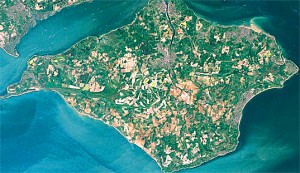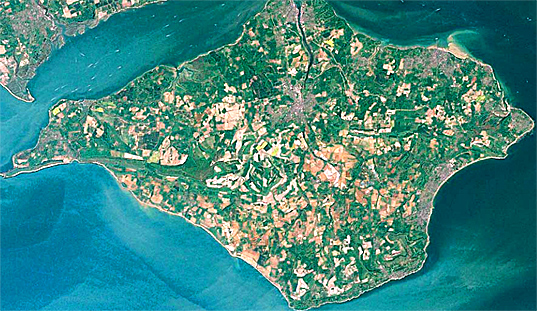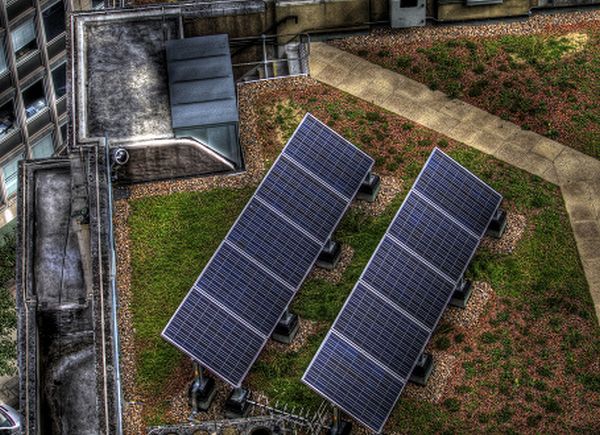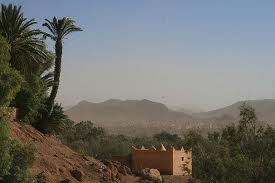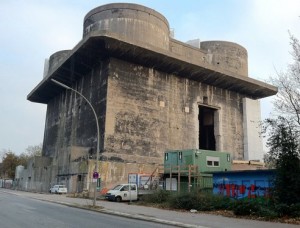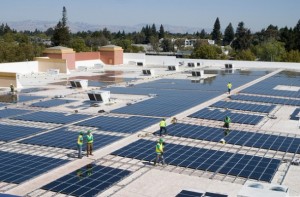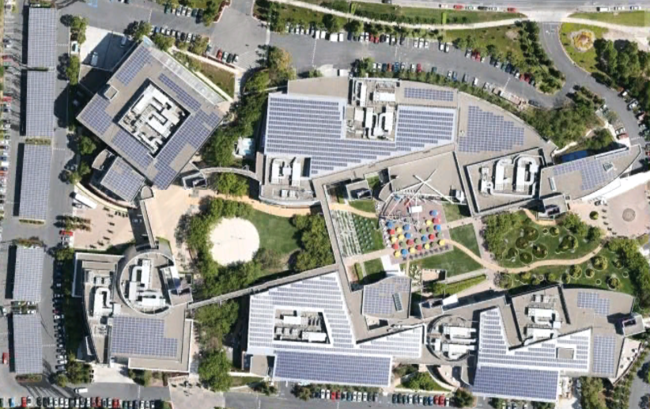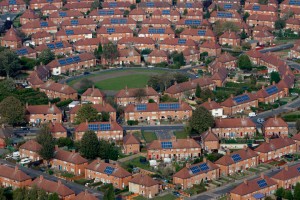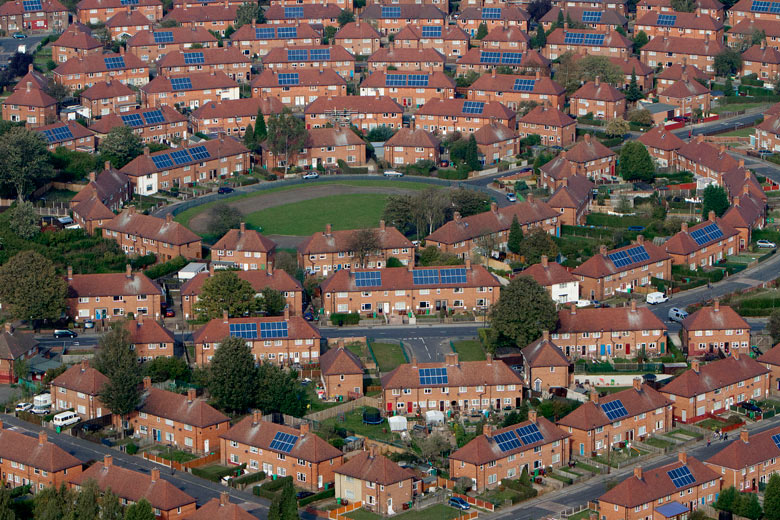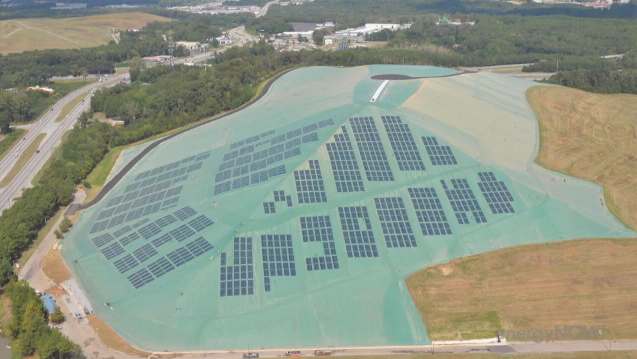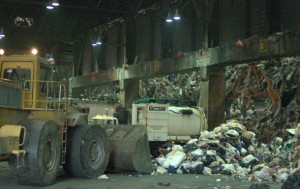
A former Nazi bunker located in the Wilhelmsburg district of Hamburg, Germany is about to get full-scale makeover. The building, which sorta looks like a giant LEGO, is set to become Europe’s largest renewable energy power plant.
When it’s all said and done, the power plant will supply 3,000 homes with heating and 1,000 of those with electricity, cutting 6,600 tons of CO2 per year.
Come 2012, this nine story structure (called a Flaktürme in German) will boast a 110 kWh rooftop photovoltaic system and a south-facing 0.6 GWh solar-thermal unit. And the building’s interior is being reserved for even further renewable expansion. It will include both a 10.5 GWh woodchip combined heat and power plant and a 3.7 GWh biomethane plant powered by a nearby industrial plant, for example. Waste heat will also be stored. That sounds like a lot but this building could house around 80 single family homes. It is that big.
(more…)
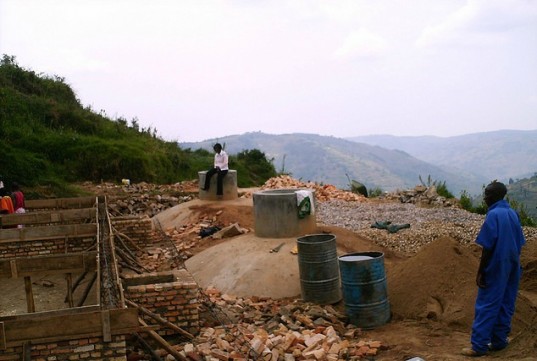

 Follow
Follow